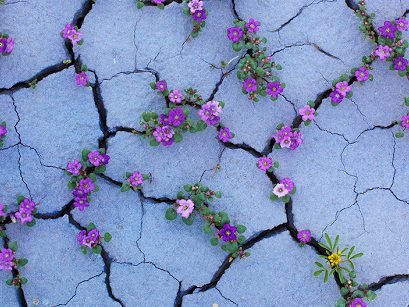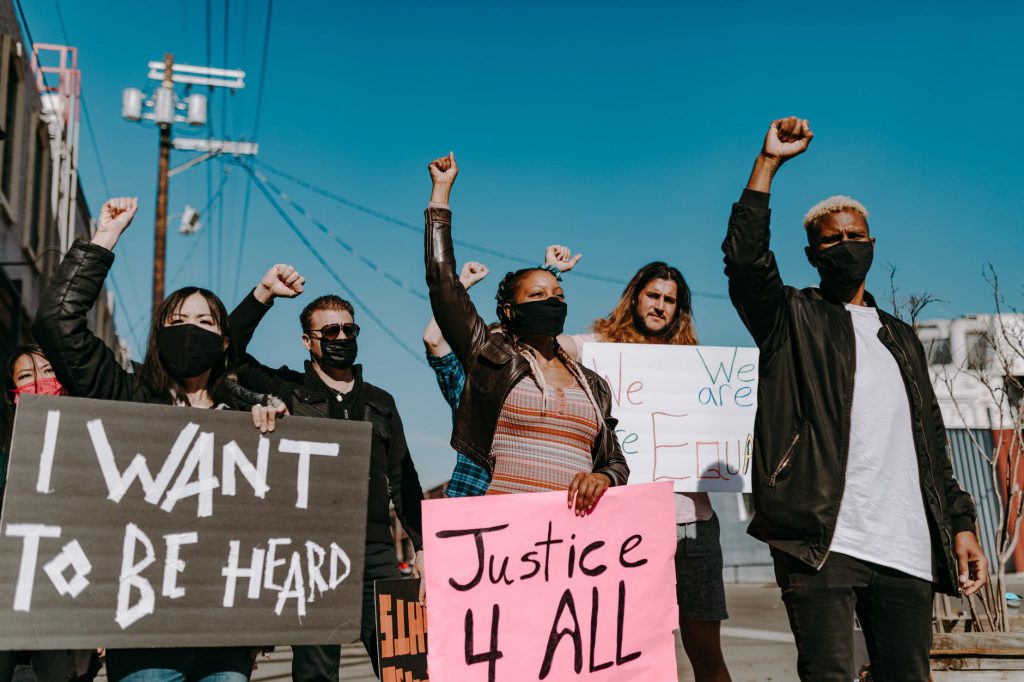
It’s possible to grow, even flourish, in the face of racial trauma
Post-traumatic growth refers to how survivors of traumatic events develop in the face of adversity. Facilitating post-traumatic growth will require a concerted effort by educators, policymakers, and practitioners to make a difference in the lives of students who’ve been adversely impacted by racial trauma.
Research suggests that students who are more likely to flourish in the face of racial trauma have opportunities to deepen their connections with others, tap into their inner strengths, gain new perspectives on life, and connect to spirituality.
Where are these spaces in your school?

Deepen connections with others.
Help students cultivate lasting and meaningful connections with you and with each other.

Gain new perspectives.
Provide students with the opportunity to develop new perspectives that will give them hope. Consider ways to help students process racial trauma.

Tap into inner strengths.
As educators, we need to look beyond “what is lacking” in students and focus on “what is already there.” Recognizing the strengths that students bring with them every day is the first step towards resilience.

Connect with spirituality.
The late Dr. Joe White, prominent Black Psychologist, writes “…there is a spiritual theme that runs through the Black experience. There is a soul force, a life-affirming force which is responsible for strength in the face of adversity, inspiration, vitality, and hope for a brighter tomorrow.”

Better appreciate life.
Meaning and purpose are essential to living a good life, posttraumatic growth, and flourishing. Help your students find meaning and purpose in the face of racial trauma.

Racial Battle Fatigue doesn’t have to be the outcome of racialized labor. Students can flourish in the face of racial trauma, but they need opportunities for post-traumatic growth, such as:
- Deepening relationships with others
- Gaining new perspectives
- Identifying inner strengths
- Connecting to faith and spirituality
- Developing their appreciation for life
Where are these spaces in your school?
Grier-Reed, T., Maples, A., Houseworth, J. & Ajayi, A. (in press). Posttraumatic growth and flourishing in the face of racial trauma. Psychological Trauma: Theory, Research, Practice and Policy.

